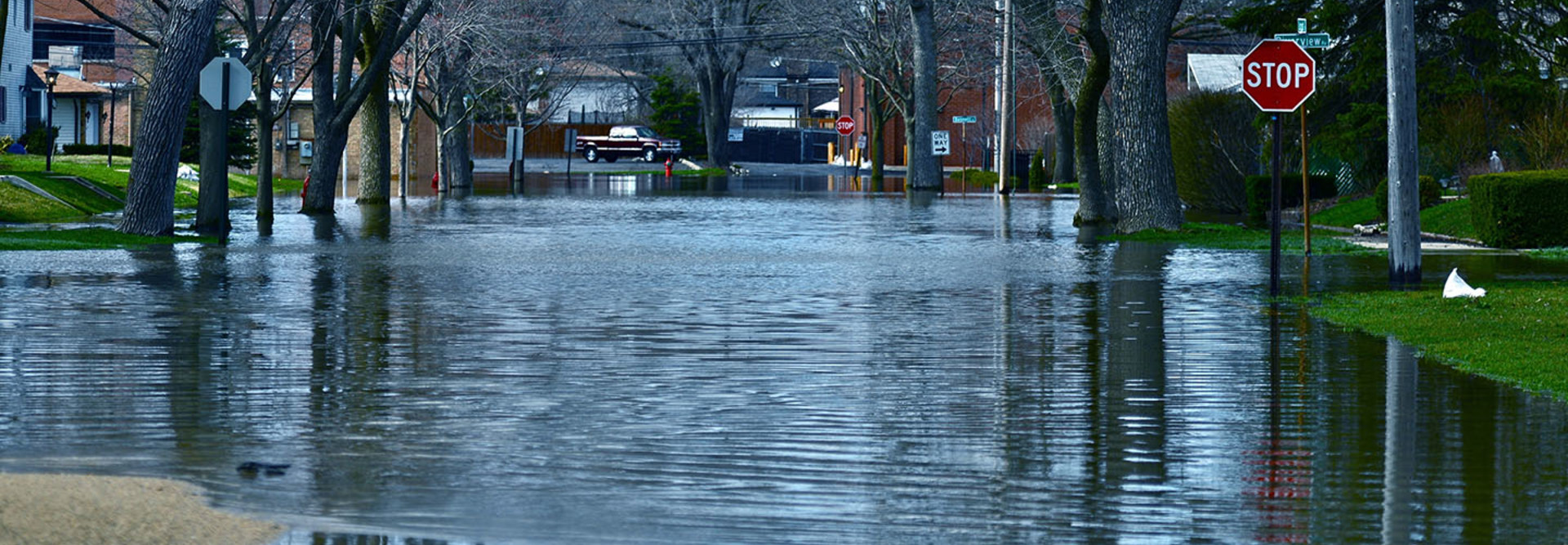Smart Cities Connect 2018: How Ann Arbor (Mich.) Drained Stormy Waters Smartly
In recent years, the city of Ann Arbor, Mich., has struggled to deal with increased floodwaters reaching the city. To funnel pooling waters after intense storms safely away, the city worked with the University of Michigan to develop Open Storm, a package of open-source sensors, hardware and algorithms to measure and control storm water.
Speaking at the Smart Cities Connect Conference and Expo on Wednesday, Branko Kerkez told those gathered that flooding is the number one cause of death in natural disasters in United States.
The Smart Cities Connect Conference and Expo, produced by TechConnect, drew an estimated 2,500 attendees to the Kansas City Convention Center from March 26 to 29. The conference aims to connect technology and solution providers with city leaders in support of efforts to implement smart city technology in municipalities.
Kerkez, an assistant professor of civil engineering at the University of Michigan, said big solutions were required:“We asked ourselves, ‘What would a smart storm water system look like?’”
Ann Arbor Gets Smart About Flood Waters
With resources now available at the Open-Storm website, Ann Arbor and Washtenaw County made a plan for a smart storm water solution. The sensor nodes deployed by Ann Arbor collect data on water flow and quality and transmit it via a cellular network to provide an instant snapshot of water conditions.
Meanwhile, student volunteers installed valves to open and close after a storm on city storm water systems. After flooding, administrators turn to the remote-controlled valves to release the water from the basins. Officials can throttle the collection of rainwater in basins and then let it drain downstream to a wetlands area.
Operators can choose to hold the water in basin for treatment before letting it drain if it is raining too fast for the system to keep up. Or they can hold it until ready to prevent too much water flowing too quickly. Discharging the water slowly avoids stirring up sediment.
“Ideally, it would do that all the time, but sometimes it cannot handle heavy flows,” Kerkez said. The Great Lakes Protection Fund seeks to duplicate the system across the Great Lakes, he added.
“It’s nice to know what’s happening in real time and have it precisely measured,” said Harry Sheehan, chief deputy water resources commissioner, Washtenaw County Government.
Sheehan estimated that prior to installing Open Storm, it cost Ann Arbor $22 per gallon to drain storm water. That cost has dropped to $16 per gallon, roughly saving the city $1 million in infrastructure costs thanks primarily to the water valve, which costs only a few thousand dollars.
The county and the state also support a 20-year watershed restoration plan that includes bolstering the health of the watershed that receives Ann Arbor’s storm waters. Recently, officials have witness the return of high-quality bugs to the watershed, which is “truly a measure of success” in restoring the watershed’s health, Sheehan said.
Meanwhile, the county is looking at implementing the same solution or similar for a flood-prone area around a lake north of Ann Arbor, Sheehan said. The control system offers an inviting solution for public-private partnerships, opening up more sources of funding, while also fine-tuning control to permit small footprints. Sheehan advised building public trust with public data, observable in real-time on the internet.
The National Science Foundation is investing to help scale the concept to other communities across the country with its Smart and Connected Communities Program.









